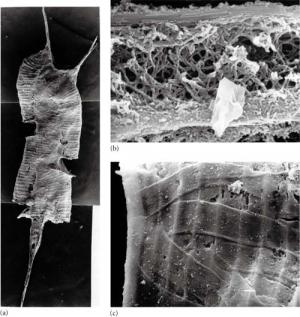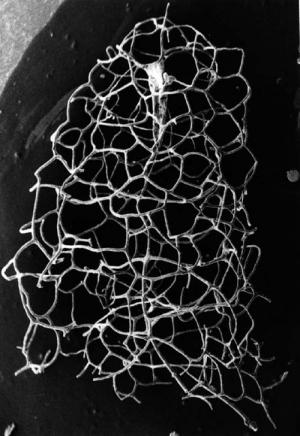Graptolithina
Graptolithina is the a class in the animal phylum Hemichordata, the members of which are known as Graptolites. Graptolites are fossil colonial animals known chiefly from the Upper Cambrian through the Lower Carboniferous (Mississippian). A possible early graptolite, Chaunograptus, is known from the Middle Cambrian.
The name graptolite comes from the Greek graptos, meaning "written", and lithos, meaning "rock", as many graptolite fossils resemble hieroglyphs written on the rock. Linnaeus originally regarded them as 'pictures resembling fossils rather than true fossils', though later workers, supposed them to be related to the hydrozoans.[citation needed] More recent work places them near the pterobranchs, possibly within.
Sources: http://en.wikipedia.org/wiki/Graptolite On-line reference: Benton a Harper: Introduction to the Paleobiology
| ||||||||||||||||||||||||||||||||||||||||||||||||||||||||||||||||||||||||||||||||||||||||||||||||||||||
Virtual museum of the Czech Geological Survey, www.geology.cz, (C) Czech Geological Survey, 2011, v.0.99 [13.12.2011]


![[ENG]](img/vlajka-cr.gif) Èesky
Èesky 


 Previous
Previous